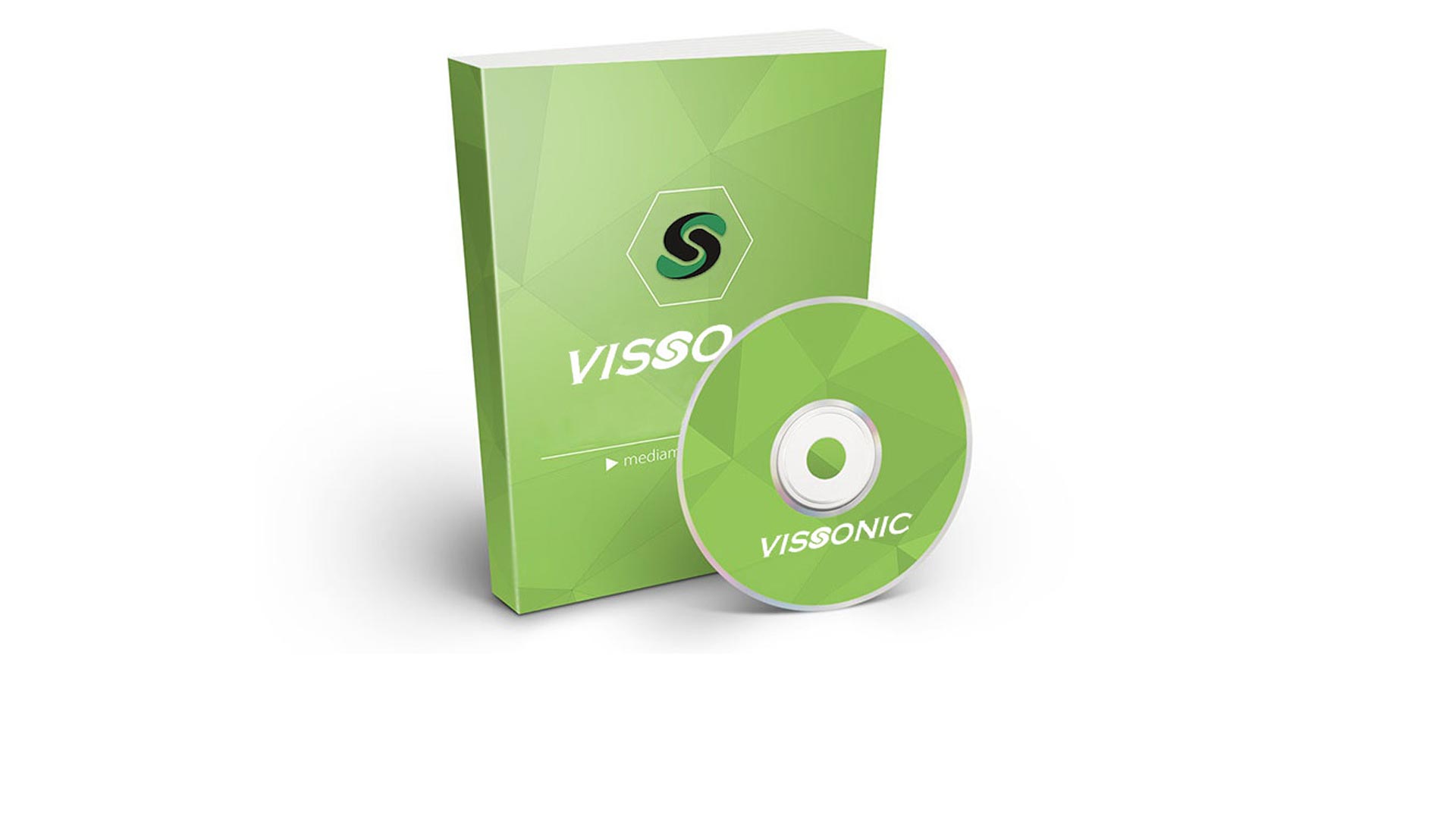Enhancing Communication with Conference Room Microphones
Effective communication is at the heart of every successful meeting, especially in conference rooms where clear and seamless interaction is vital. One of the most crucial components in enhancing communication during meetings is the quality of audio. Conference room microphones play a pivotal role in ensuring that every voice, whether spoken in person or through a remote connection, is captured clearly and intelligibly. This article explores how conference room microphones can significantly improve meeting experiences, and the different types of microphones suited for various settings.
The Importance of Clear Audio in Conference Rooms
In any conference room, clear communication is essential for productive discussions, decision-making, and collaboration. Poor audio quality can lead to misunderstandings, frustration, and a decrease in the overall efficiency of a meeting. This is especially true for remote or hybrid meetings where some participants may join via video conferencing platforms.
Without effective microphones, it becomes difficult for attendees to hear clearly, and participants speaking from different locations or angles might not be heard at all. High-quality conference room microphones ensure that every voice is captured accurately, which helps eliminate distractions, promotes better collaboration, and facilitates a smoother meeting flow.
Array Microphone Unit with Channels Selector
Types of Conference Room Microphones
There are several types of microphones designed to meet the specific needs of different conference room setups. Each type offers unique advantages depending on the room size, meeting format, and number of participants. Below are the most commonly used types of conference room microphones:
1. Ceiling Microphones
Ceiling microphones are installed on the ceiling of the conference room and are ideal for larger spaces or rooms with many participants. These microphones use advanced technology to capture audio from all corners of the room without being obtrusive. Ceiling microphones are especially beneficial for minimizing the clutter of microphones on the table, ensuring a clean and professional look.
Advantages:
- Wide coverage area, ideal for larger rooms with many participants.
- Discreet installation, maintaining the room's aesthetics.
Reduces clutter on the conference table.
2. Tabletop Microphones
Tabletop microphones are placed directly on the conference table, typically in the center or strategically placed around the room. These microphones offer high-quality audio capture from the speakers closest to them, making them suitable for smaller to medium-sized conference rooms. Tabletop microphones are often omnidirectional, meaning they can pick up sounds from all directions, or unidirectional, which focuses on capturing sounds from a specific direction.
Advantages:
- Clear and focused audio from nearby speakers.
- Easy to install and position, often requiring no professional installation.
Ideal for smaller meetings or huddle spaces.
3. Boundary Microphones
Boundary microphones are typically placed on the edges of the conference table or mounted on the walls. These microphones are designed to capture sound from a wide area, making them ideal for larger meetings where participants are spread out. They are particularly useful in rooms with acoustical challenges, as they can pick up audio from a variety of angles and distances.
Advantages:
- Effective in larger rooms with many participants.
- Can be installed discreetly along the edge of tables or walls.
Minimizes background noise by focusing on sounds closer to the microphone.
4. Lavalier (Clip-on) Microphones
Lavalier microphones, often used in presentations, are small clip-on microphones that can be attached to a speaker's clothing. These microphones provide clear, consistent audio capture from individual speakers and are ideal for scenarios where movement is necessary, such as workshops, seminars, or instructional meetings. While not typically used for group discussions, they work well for single presenters who need to move freely around the room.
Advantages:
- Hands-free operation, allowing the speaker to move freely.
- Highly portable and easy to use.
Great for solo speakers or presentations.
5. Wireless Microphones
Wireless microphones provide the flexibility to move around the conference room without being tethered to a physical connection. These microphones can be lapel-style, handheld, or headset microphones, depending on the specific needs of the speaker. Wireless microphones are ideal for large or dynamic meetings where participants may need to move around or speak from different locations within the room.
Advantages:
- Freedom of movement within the room.
- Can be used in a variety of meeting environments.
Easy to set up and eliminate the need for cables.
VISSONIC Wi-Fi Wireless Systems
Factors to Consider When Choosing Conference Room Microphones
When selecting the right conference room microphones for your meeting space, there are several factors to consider to ensure optimal performance. Below are some key considerations:
1. Room Size and Layout
The size and layout of the conference room are critical factors in determining the type of microphone that will work best. Larger rooms with more participants may require multiple microphones or more advanced solutions like ceiling microphones or boundary microphones to ensure comprehensive audio coverage. Smaller rooms may only need tabletop microphones or wireless lapel mics.
2. Audio Quality
The quality of audio capture is paramount in any conference room. Look for microphones with noise-canceling capabilities and the ability to isolate the voice from background noise. Additionally, microphones with high-frequency response are necessary to capture the full range of the human voice clearly and naturally.
3. Number of Participants
The number of people who will be in the room at any given time can impact your choice of microphone. For large meetings with many participants, ceiling or boundary microphones are ideal for capturing the voices of individuals at different locations. For smaller, more intimate meetings, tabletop or lavalier microphones might suffice.
4. Integration with Other AV Systems
Your conference room microphones should be compatible with other audio-visual systems, such as video conferencing solutions, speakers, and control systems. Ensuring seamless integration with other technologies will improve the overall meeting experience and reduce the risk of technical difficulties during sessions.
5. Budget
Microphones for conference rooms come in a wide range of prices, from affordable tabletop models to more expensive, high-end boundary and ceiling microphones. It’s essential to balance your requirements with your budget, ensuring that you select a system that meets the needs of your conference room without overspending.
Conclusion
Conference room microphones are a vital component in facilitating clear and effective communication during meetings. By selecting the right type of microphone—whether ceiling, tabletop, boundary, lavalier, or wireless—businesses can enhance the quality of their meetings, reduce distractions, and improve overall productivity. When choosing microphones, it’s essential to consider the size of the room, the number of participants, and how the microphones will integrate with other systems to ensure seamless communication. With the right microphone solution in place, your conference room will be equipped to handle any meeting, whether in person or remotely, with ease and clarity.














